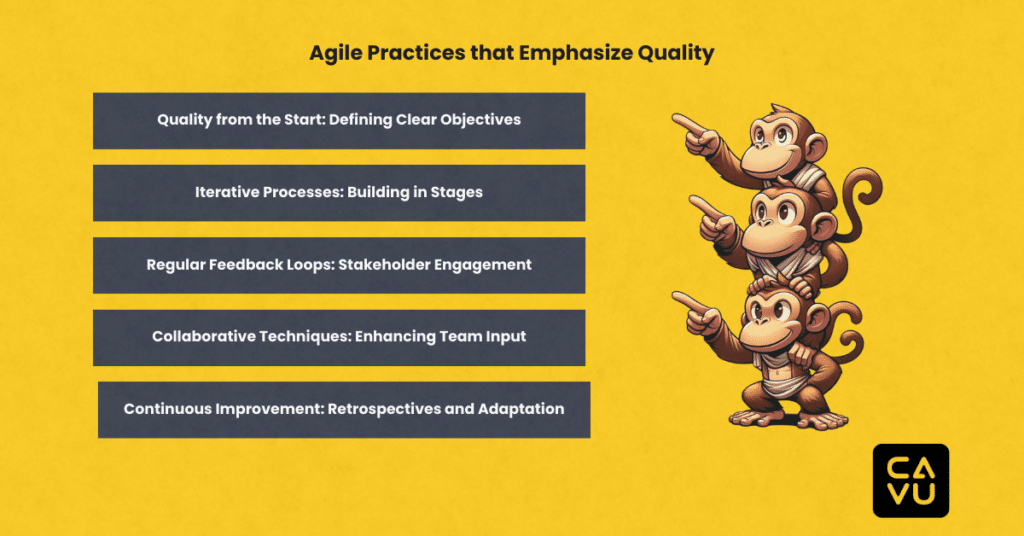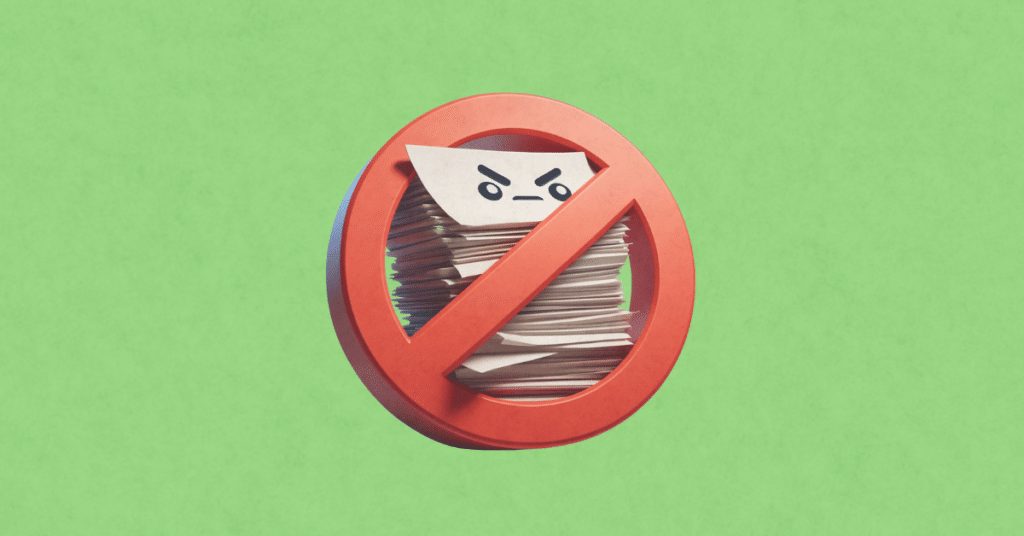Breaking news: Agile now accused of ignoring quality! Word on the digital street is that Agile teams care so little about quality that they’ve replaced QA with “winging it” sessions. I mean, why bother with pesky things like testing when you can live on the edge, right? Such rebels we are!
I’ve even heard some whispers suggesting that Agile’s commitment to quality is akin to a sloth’s commitment to speed—both are apparently mythical concepts that defy observation in the natural world. Can you imagine? Next, they’ll say Agile teams only work in caves!
It’s downright hilarious that in a framework where a working product is the principal measure of progress, some still believe that quality takes a backseat. Maybe it’s time we remind them that Agile methodologies were born out of a desire to enhance not just the speed but the caliber of products.
And let’s not forget those Agile retrospectives, where teams supposedly sit around discussing their favorite pizza toppings instead of exploring ways to enhance product quality.
In reality, folks, Agile’s iterative nature means quality is not just a checkbox at the end of a phase but a continuous focus throughout the development lifecycle. If ‘continuous improvement’ means anything, it means making sure things work better, faster, and smarter—with the user always in mind.
But seriously, if focusing on customer collaboration over contract negotiation and responding to change over following a plan means we ignore quality, then I must be reading a different Agile Manifesto!
Agile methodologies have revolutionized not only software development but also various other industries by emphasizing flexibility, continuous improvement, and superior quality. Despite prevalent myths suggesting that Agile compromises quality to accelerate processes, the reality is that Agile frameworks are designed to embed quality rigorously at every stage of a project.
Agile Practices that Emphasize Quality

1. Quality from the Start: Defining Clear Objectives
Whether in software, manufacturing, healthcare, or marketing, Agile begins with setting clear objectives. This could be through user stories in software, project scopes in construction, or campaign goals in marketing. Establishing these clear, actionable objectives early ensures that all team members understand the expected outcomes and the standards required from the onset.
2. Iterative Processes: Building in Stages
Agile is synonymous with iterative development, which is applicable beyond software. For instance, in product design, prototypes are developed and tested in cycles, gathering feedback to refine the product continuously. Each iteration is aimed at improving quality and functionality, ensuring that the final product meets customer expectations effectively.
3. Regular Feedback Loops: Stakeholder Engagement
Regular stakeholder engagement is a cornerstone of Agile that guarantees excellence by aligning the project’s progress with the user’s needs and expectations. This involves regular check-ins and demonstrations across fields—be it reviewing a new educational curriculum with teachers or a healthcare app with medical professionals. These feedback loops are vital for making adjustments based on real-world use and preferences.
4. Collaborative Techniques: Enhancing Team Input
Agile encourages collaborative techniques like pairing or swarming. These approaches ensure immediate peer review and knowledge sharing, significantly enhancing quality by integrating diverse perspectives.
5. Continuous Improvement: Retrospectives and Adaptation
Agile teams regularly reflect on their processes through retrospectives, a practice that transcends industry boundaries. These sessions encourage teams to discuss what worked, what didn’t, and how processes can be improved. This commitment to continuous improvement helps teams across all sectors not only maintain but elevate their quality standards over time.
Integrating Continuous Quality Improvement
To effectively address the challenges and harness the full potential of Agile methodologies, teams across sectors adopt a structured approach to continuous quality improvement:
- Embedding Quality in Daily Practices By incorporating quality-focused activities into their daily routines, Agile teams make quality an ongoing priority rather than an endpoint to be checked.
- Leveraging Automation and Tools Where applicable, tools that support automation and streamlined processes help in maintaining consistent adherence to quality standards, reducing human error.
- Fostering a Quality Culture Agile teams cultivate an environment where quality is everyone’s responsibility. Regular feedback loops and a transparent culture promote continuous improvement.
- Adapting and Refining Processes Agile is adaptive; teams continuously refine their methods and tools to better suit project needs and embrace technological advancements, ensuring that quality improvement is an evolving part of their process.
Conclusion
So, to all the skeptics: keep calm and carry on. We’ll be over here, iterating our way to excellence, one Sprint at a time. Agile might not be perfect, but ignoring quality? That’s not in our Manifesto!
Now, go forth and Scrum like you mean it!








